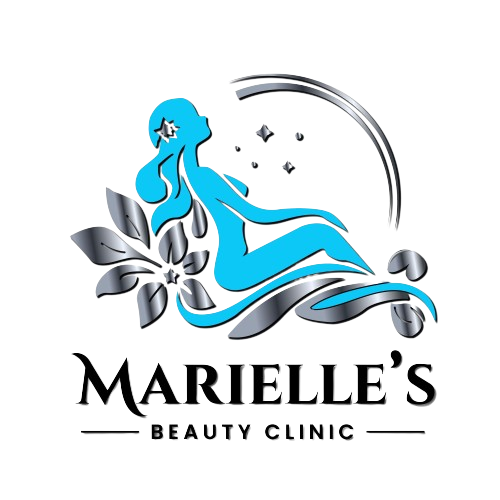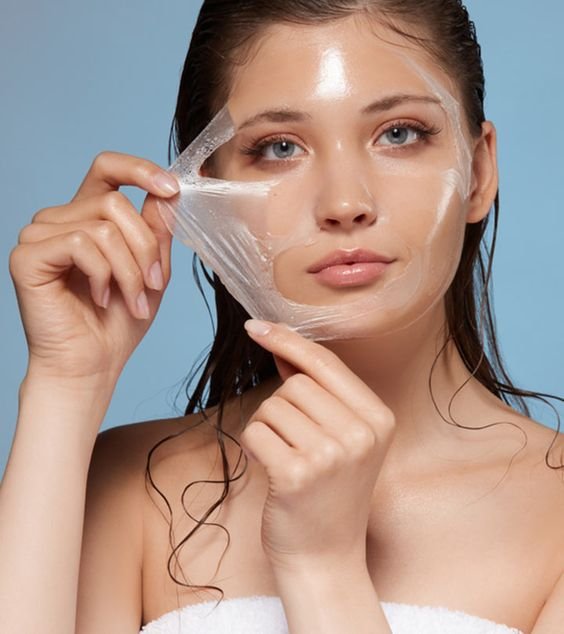Chemical Peel Services
Remove dead skin cells and simulate the growth of new cells

What Is Chemical Peel?
- A chemical peel is a procedure in which a chemical solution is applied to the skin to remove the top layers. The skin that grows back is smoother. With a light or medium peel, you may need to undergo the procedure more than once to get the desired results.
- Chemical peels are used to treat wrinkles, discolored skin and scars — usually on the face. They can be done alone or combined with other cosmetic procedures. And they can be done at different depths, from light to deep. Deeper chemical peels offer more-dramatic results but also take longer to recover from.
Why It's Done?
A chemical peel is a skin-resurfacing procedure. Depending on the issues you’re addressing with the procedure, you’ll choose a chemical peel in one of three depths:
-
Light chemical peel
A light (superficial) chemical peel removes the outer layer of skin (epidermis). It's used to treat fine wrinkles, acne, uneven skin tone and dryness. You might have a light peel every two to five weeks.
-
Medium chemical peel
A medium chemical peel removes skin cells from the epidermis and from portions of the upper part of your middle layer of skin (dermis). It's used to treat wrinkles, acne scars and uneven skin tone. You might need to repeat the procedure to achieve or maintain the desired result.
-
Deep chemical peel
A deep chemical peel removes skin cells even deeper. Your doctor might recommend one for deeper wrinkles, scars or precancerous growths. You won't need repeat procedures to get the full effect.

Neck, Hands & Face
A chemical peel is a skin-resurfacing procedure in which a chemical solution is applied to the skin to remove the top layers. The skin that grows back after a chemical peel is smoother and younger looking. Chemical peels are used to treat wrinkles, skin discoloration and scars typically on the face.
A light chemical peel improves skin texture and tone and lessens the appearance of fine wrinkles. The results are subtle but increase with repeated treatments. If you have a medium chemical peel, treated skin will be noticeably smoother. After a deep chemical peel, you’ll see a dramatic improvement in the look and feel of treated areas. Results may not be permanent. Over time, age and new sun damage can lead to new lines and skin color changes.
The skin surrounding eyes and lips is thinner and more fragile than other areas. Every time you blink, squint, smile, or make facial expressions, wrinkles can form that become more pronounced over time. Darker blood vessels may also get larger and more visible with age. Eye and lip peels will help firm the skin in those areas, improve the appearance of fine lines and crow’s feet, decrease dark spots and under-eye circles, and enhance the tone and texture of skin.
Safe & Painless
Chemical peels treatment is completely safe, secure and painless and does not carry any side effects with it, our customers trust us with this process and you’ll love the results.
Superficial and medium peels are usually safe, as long as they’re done correctly. These type of peels are not permanent and they need to be repeated. Deeper peels are more risky. They’re longer-lasting and do not usually need to be repeated.

Frequently Asked Questions
There are multiple long lasting benefits of chemical peels and if you get it done from Skinfinity below are the benefits you’ll enjoy
- Improving the skin’s colour, clarity, tone and texture.
- Stimulating new collagen and healthy skin cell growth, resulting in a radiant complexion.
- Reducing discolouration caused by sun damage.
- Helping to clear up breakouts.
- Smoothing away the look of fine lines and wrinkles.
Superficial peels are good for treating fine lines and wrinkles, large pores and dark spots, and to help tighten the skin. Medium-depth peels can help treat skin that has a significant amount of photodamage, sun spots, mild to moderate acne scars, crepey skin under the eyes or dark circles.
During a chemical peel, most people feel a burning sensation that lasts about five to ten minutes, followed by a stinging sensation. Putting cool compresses on the skin may ease that stinging. You may need pain medication during or after a deeper peel.
Don’t Touch Your Face After your chemical peel, your skin might itch. This is especially common as it starts to peel off. Do your best to avoid touching, picking at, or scratching your face. Touching your skin in this way can lead to scarring and increase your risk of infection, breakouts, or additional irritation



